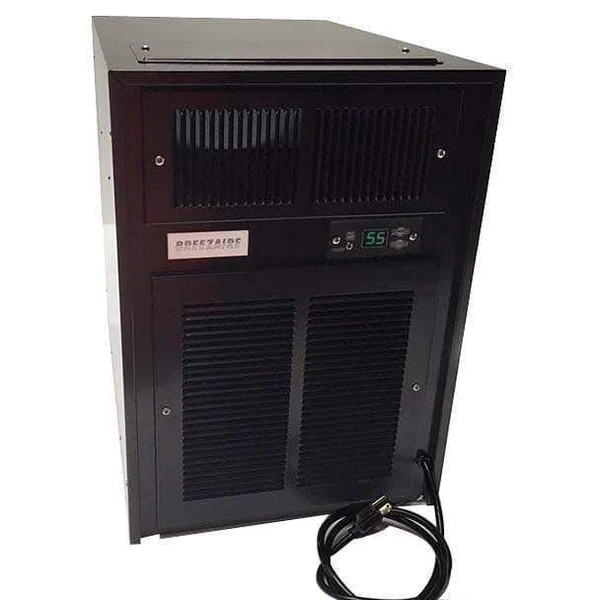TEMPERATURE STABILITY
IDEAL TEMPERATURE RANGE
Wine requires a stable temperature for proper aging and storage. The ideal range for most wines is between 45-65°F (7-18°C), with the optimal temperature hovering around 55°F (13°C). Proper insulation helps maintain this stable environment, preventing fluctuations that can adversely affect the wine.
EFFECTS OF TEMPERATURE FLUCTUATIONS
Fluctuations in temperature can cause wine to expand and contract, leading to premature aging or spoilage. Rapid changes can also push the cork out of the bottle, exposing the wine to oxygen and causing it to oxidize. Insulation mitigates these risks by ensuring the wine room remains at a consistent temperature.
HUMIDITY CONTROL
IMPORTANCE OF HUMIDITY
Humidity levels in a wine room should be kept between 50-70%. Proper humidity prevents corks from drying out and shrinking, which can allow air to seep into the bottle, leading to oxidation.
ROLE OF INSULATION IN HUMIDITY REGULATION
Insulated walls and ceilings help maintain consistent humidity levels by preventing external air from entering the room. This minimizes the risk of mold growth, which can damage labels and even the wine itself if it penetrates the cork.
ENERGY EFFICIENCY
REDUCING ENERGY CONSUMPTION
A well-insulated wine room is more energy-efficient. Insulation reduces the workload on cooling systems by minimizing the exchange of air with the outside environment. This not only keeps the temperature and humidity stable but also lowers energy costs.
ENVIRONMENTAL IMPACT
Energy efficiency also translates to a reduced environmental footprint. By insulating wine rooms, we can contribute to sustainability efforts while preserving the quality of our wine collections.
PROTECTION FROM EXTERNAL FACTORS
LIGHT AND UV EXPOSURE
Exposure to light, particularly ultraviolet (UV) light, can degrade wine by breaking down its chemical compounds. Insulation helps to block out harmful light, preserving the wine’s flavor and aroma.
VIBRATION AND SOUND
External vibrations and sound can disturb the sediments in wine, particularly in bottles that are aging over long periods. Proper insulation can provide a buffer against these disturbances, ensuring that the wine remains undisturbed.
MATERIAL CONSIDERATIONS
TYPES OF INSULATION
There are various materials available for insulating wine rooms, including foam board, fiberglass, and spray foam. Each has its advantages and should be chosen based on specific needs and the structure of the wine room.
VAPOR BARRIERS
In addition to insulation, installing a vapor barrier is crucial to prevent moisture from entering the wine room. This barrier works in tandem with insulation to create a controlled environment.
CONCLUSION
Proper insulation is not just a recommendation for wine rooms; it is a necessity. By maintaining stable temperatures and humidity levels, reducing energy consumption, and protecting wine from external factors, insulation plays a vital role in preserving the taste and quality of wine. Whether you are a seasoned collector or a casual enthusiast, investing in proper insulation for your wine room is a step towards ensuring that each bottle of wine reaches its full potential.









